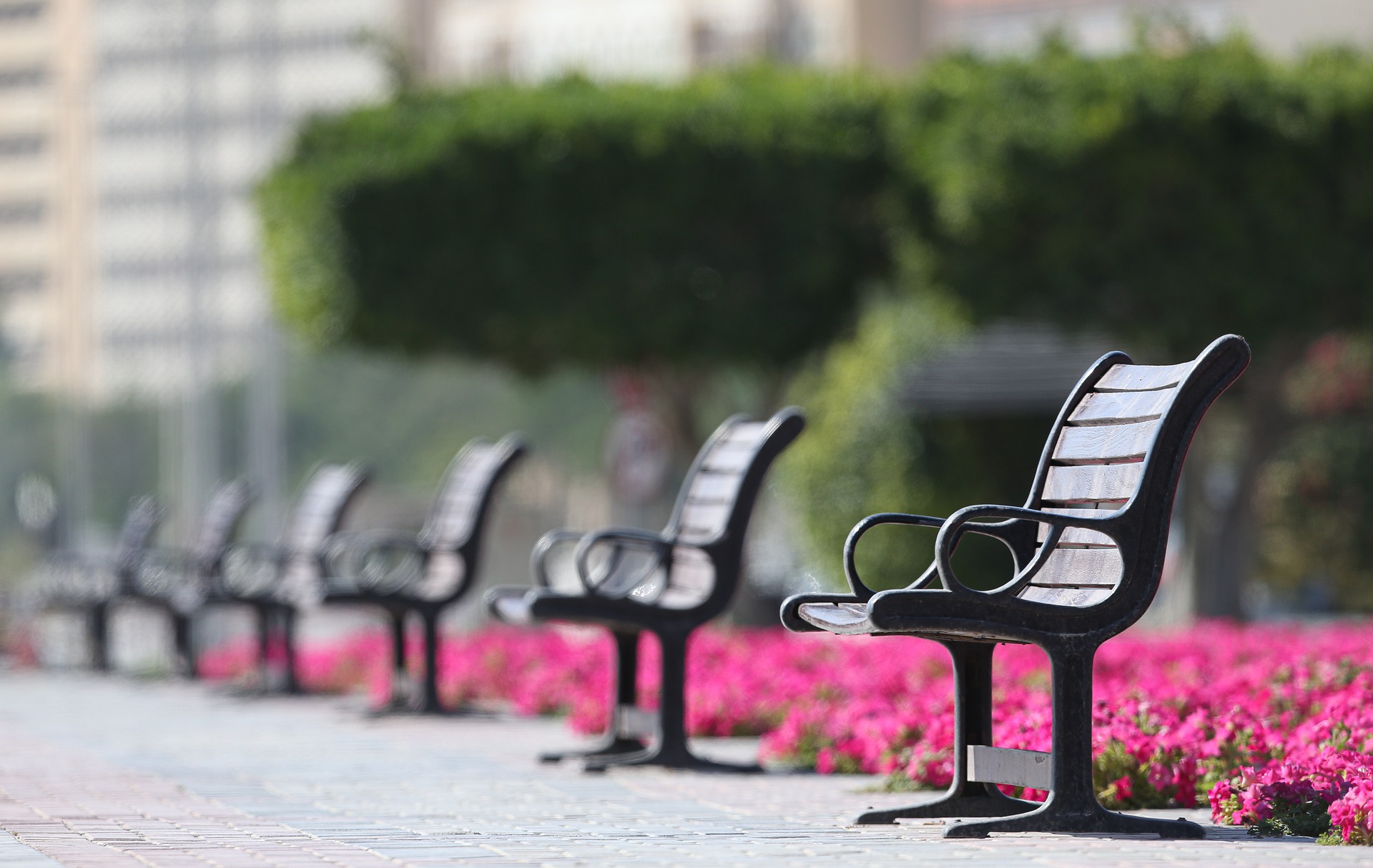New Zealand is reflecting on the one-year anniversary of entering Alert Level 4 on 25 March 2020, marking the most severe restrictions on human movement in the country in modern history.
On Monday, Professor Shaun Hendy sat down with Duncan Garner on The AM Show to look back at what it was like trying to model different scenarios of how the virus could spread through the country under different conditions.
“This time a year ago, we were flicking off graphs, you know, once an hour through to Parliament. It was an intense time.”
When asked about what the worst-case scenario looked like, Professor Hendy said the virus could have taken the lives of 80,000 people in New Zealand if it had been treated like the flu.
“If we look back and we tweak the model given what we know now, that’s still the worst case scenario.”
New Zealand Herald science reporter Jamie Morton wrote on Tuesday about a new pre-print study by Australian and New Zealand researchers that modelled four different responses in the Australian state of Victoria, which the authors said had some population similarities to New Zealand.
Lead author Tony Blakely of the University of Melbourne said while there some uncertainties and overlaps among the four different approaches, “when you weigh it up across them, the elimination responses are optimal.”
On Wednesday, Professor Michael Baker and Associate Professor Siouxsie Wiles spoke with Morning Report about how much has changed since that milestone announcement.
“We’ve got a huge number of armchair virologists and epidemiologists now. Language that wasn’t understood a year ago is now in everyday use,” Associate Professor Wiles said.
“Also I guess an appreciation for how science changes, the fact that our advice has changed as the evidence has changed, I think that’s been a really important understanding for people.”
Professor Baker also spoke on the AM Show the next day, pointing out how New Zealand’s elimination strategy made it stand out from the rest of its peers in the Western world.
“When the decision was made to go to level 4, we took a completely different direction to the rest of the Western world, and that was to basically stamp out the virus entirely,” he said.
The Spinoff Editor Toby Manhire looked at how much had changed over the course of 150 hours, from New Zealand’s borders being closed to foreign nationals to a state of emergency being declared only days later.
Over at Newsroom, Marc Daalder presented a detailed, blow-by-blow look at just how rapidly policies and plans changed in the lead-up to the Government’s final decision.
“By Sunday, March 22, what had seemed unthinkable just days earlier looked increasingly likely. New Zealand would be moving to lockdown,” Daalder wrote.
Here are some of the week’s highlights:
The AM Show: Disease modeller describes ‘confronting’ moment he realised how many Kiwis could die from COVID-19
New Zealand Herald: A year of elimination – Pandemic study shows why NZ got it right
Newsroom: Ayesha Verrall on a big Covid year
Newsroom: One year on: Beating the next pandemic without a lockdown
RNZ Morning Report: Experts Siouxsie Wiles and Michael Baker reflect on a year of the virus
RNZ Nine to Noon: Dr Siouxsie Wiles on a year since lockdown 4
The AM Show: Expert praises NZ’s ‘incredible courage’ to go into total lockdown to wipe out COVID-19
RNZ: Timeline: The year of Covid-19 in New Zealand
The Spinoff: The 150-hour NZ Covid whirlwind of 2020: as it happened
Newsroom: One year on: Behind the scenes of NZ’s first lockdown
The Spinoff: Siouxsie Wiles: One year on, we’re still learning about NZ’s first cases of Covid-19
